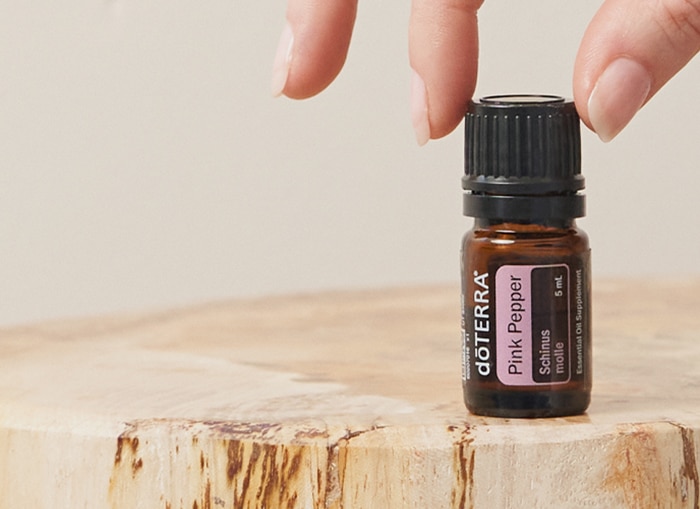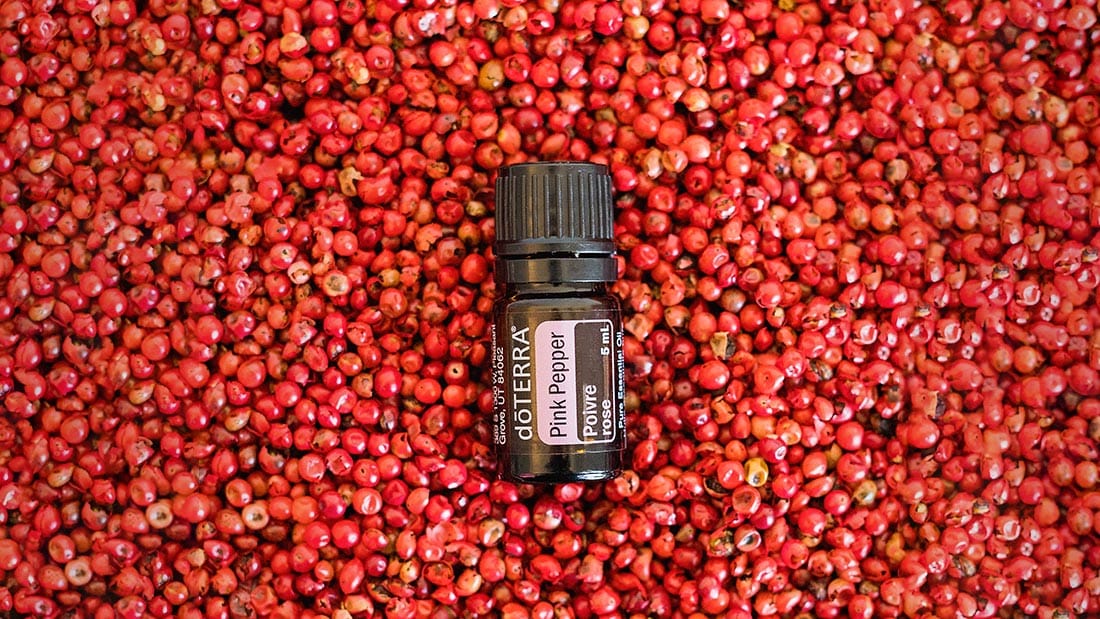Where does pink peppercorn come from?

Pink peppercorns, with their delicate hue and tantalizing flavor, have captivated culinary enthusiasts around the globe. But where exactly do these vibrant berries come from? In this exploration, we embark on a journey to unravel the origins of pink peppercorns, tracing their path from tree to table and delving into the botanical and cultural aspects that define their essence.
The Brazilian Pepper Tree: Birthplace of Pink Peppercorns
At the heart of the pink peppercorn story lies the Brazilian pepper tree, scientifically known as Schinus molle. Native to South America, particularly Brazil, Argentina, and Peru, this evergreen tree belongs to the Anacardiaceae family and thrives in warm, subtropical climates. With its lush foliage and clusters of vibrant pink berries, the Brazilian pepper tree stands as a symbol of abundance and natural beauty in its native habitat.
A Botanical Marvel: Schinus molle and its Pink Berries
The Brazilian pepper tree produces small, round berries that range in color from green to red, eventually maturing into the iconic pink peppercorns prized by chefs and culinary enthusiasts. These berries, often mistaken for true peppercorns, boast a subtly spicy and fruity flavor profile that sets them apart in the world of spices and seasonings. While they share similarities with traditional black peppercorns in appearance and use, pink peppercorns offer a distinctively delicate taste and aroma that adds depth and complexity to a variety of dishes.
Harvesting Pink Peppercorns: Nature’s Bounty Unveiled
The journey of pink peppercorns from tree to table begins with the careful harvest of ripe berries from the Brazilian pepper tree. Harvesters venture into lush groves and carefully select clusters of berries at their peak ripeness, ensuring optimal flavor and quality. The berries are then gently plucked from the branches, taking care to preserve their delicate skin and vibrant color. The harvesting process is a labor of love, requiring patience, skill, and reverence for the natural world.
Processing and Drying: Preserving Nature’s Essence
Once harvested, the pink peppercorns undergo a meticulous processing and drying process to preserve their flavor and integrity. The berries are carefully cleaned to remove any debris or impurities, then laid out to air dry in the warm sun or through controlled drying methods. This gradual drying process allows the berries to retain their natural oils and aromatic compounds, ensuring maximum flavor and potency.
Culinary Treasure: The Versatile Uses of Pink Peppercorns
Pink peppercorns are celebrated for their culinary versatility and ability to enhance a wide range of dishes with their subtle heat and vibrant flavor. From savory to sweet, pink peppercorns add depth and complexity to salads, soups, marinades, sauces, and desserts. Their delicate texture and fruity aroma make them a favorite among chefs and home cooks alike, offering endless possibilities for creative culinary exploration.
Cultural Significance: Pink Peppercorns in Traditional Cuisine
Pink peppercorns hold a special place in the culinary traditions of South America, where they have been cherished for centuries as a symbol of abundance and flavor. In Brazilian cuisine, pink peppercorns are used to season traditional dishes such as feijoada, a hearty stew made with beans and meat. In Argentina, they are a popular addition to grilled meats and chimichurri sauce, adding a burst of color and flavor to the table.
Global Appeal: Pink Peppercorns in Modern Gastronomy
In modern gastronomy, pink peppercorns have gained widespread popularity among chefs and food enthusiasts seeking to elevate their culinary creations with unique and exotic flavors. From Michelin-starred restaurants to home kitchens, pink peppercorns are embraced for their versatility and ability to transform ordinary dishes into extraordinary culinary experiences. Whether used as a garnish, seasoning, or focal ingredient, pink peppercorns continue to inspire culinary innovation and delight palates around the world.
Environmental Considerations: Sustainable Harvesting Practices
As demand for pink peppercorns continues to grow, it is essential to consider the importance of sustainable harvesting practices and environmental stewardship. Responsible harvesting methods ensure the long-term viability of the Brazilian pepper tree and its delicate ecosystem, preserving biodiversity and supporting local communities. By supporting sustainable sourcing initiatives and ethical supply chains, we can enjoy the beauty and bounty of pink peppercorns while safeguarding the natural world for generations to come.
From Tree to Table: The Culinary Legacy of Pink Peppercorns
In conclusion, the journey of pink peppercorns from tree to table is a testament to the beauty of nature and the richness of culinary heritage. From the lush groves of South America to kitchen tables around the world, pink peppercorns captivate the senses and inspire culinary creativity. As we savor the delicate flavor and vibrant color of pink peppercorns, we honor the timeless connection between food, culture, and the natural world, celebrating the culinary legacy of this botanical treasure.
FAQ:
- What are pink peppercorns? Pink peppercorns are the dried berries harvested from the Brazilian pepper tree, Schinus molle. Despite their name, they are not true peppercorns but are used as a spice due to their similar appearance and flavor profile.
- Are pink peppercorns spicy? Pink peppercorns have a mild, peppery flavor with hints of sweetness and citrus. They are not as spicy as traditional black peppercorns but offer a subtle heat and aromatic complexity to dishes.
- How do you use pink peppercorns in cooking? Pink peppercorns can be used whole or crushed to add flavor and visual appeal to a variety of dishes. They are commonly used as a garnish for salads, soups, and roasted meats, as well as in sauces, marinades, and spice blends.
- Are pink peppercorns safe to eat? Pink peppercorns are generally safe to eat in moderation. However, some individuals may be allergic to them or experience digestive discomfort if consumed in large quantities.
- Do pink peppercorns come from the same plant as black peppercorns? No, pink peppercorns come from the Brazilian pepper tree, whereas black peppercorns come from the Piper nigrum plant. Despite their similar names, they are botanically distinct.
- Where can I buy pink peppercorns? Pink peppercorns can be found in specialty spice shops, gourmet grocery stores, and online retailers that offer a wide range of culinary ingredients and spices.
- Can you grow pink peppercorns at home? While it is possible to grow Brazilian pepper trees at home, it’s essential to note that they can be invasive in certain regions and may require specific growing conditions. Check local regulations and climate suitability before attempting to grow pink peppercorns at home.
- What are the health benefits of pink peppercorns? Pink peppercorns contain antioxidants and may have anti-inflammatory properties, but they are primarily used for culinary purposes rather than medicinal ones.
- Can you use pink peppercorns in desserts? Yes, pink peppercorns can add a unique flavor to desserts and baked goods. They pair well with fruits, chocolates, and creamy desserts, adding a subtle spice and aromatic complexity.
- Are pink peppercorns suitable for all dietary preferences? Pink peppercorns are naturally gluten-free and vegan, making them suitable for a wide range of dietary preferences. However, individuals with specific dietary restrictions or allergies should always check product labels to ensure compatibility with their needs.
Related Posts
Pink peppercorn oil and its culinary applications
-
Posted by
akshita aishwarya
- 0 comments




One thought on “Where does pink peppercorn come from?”